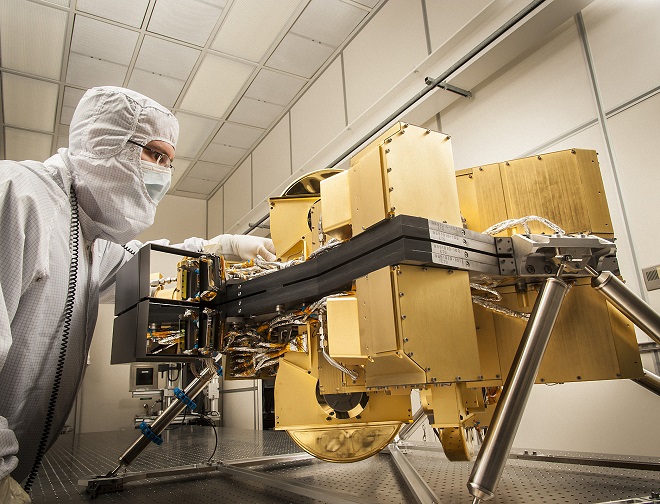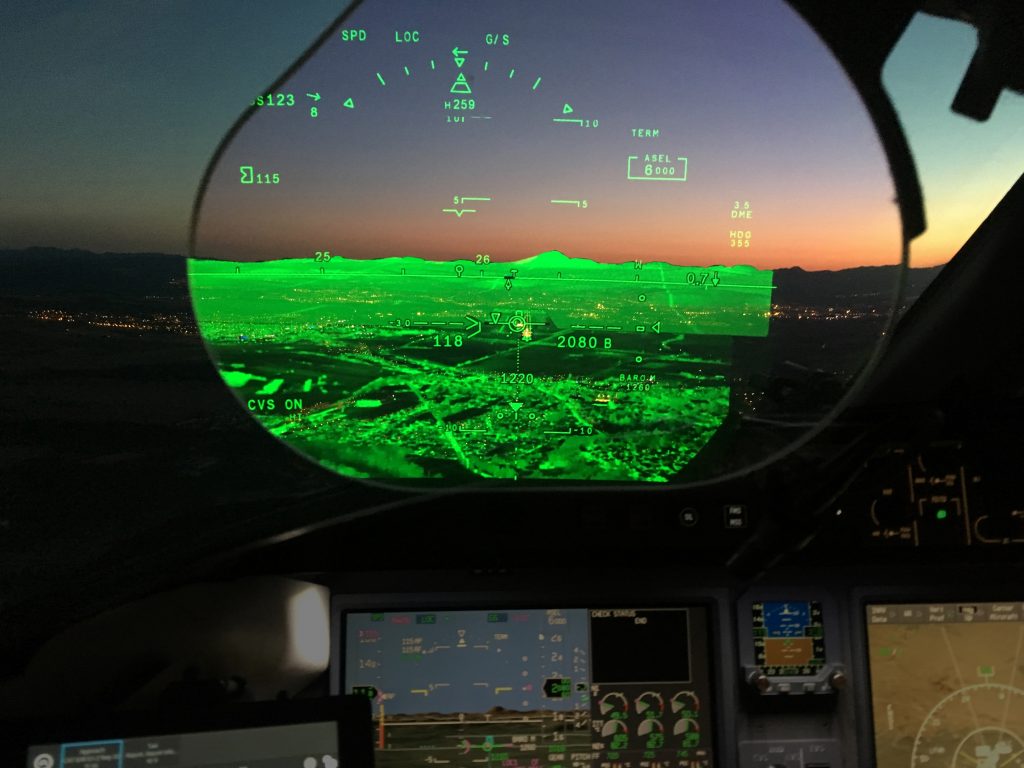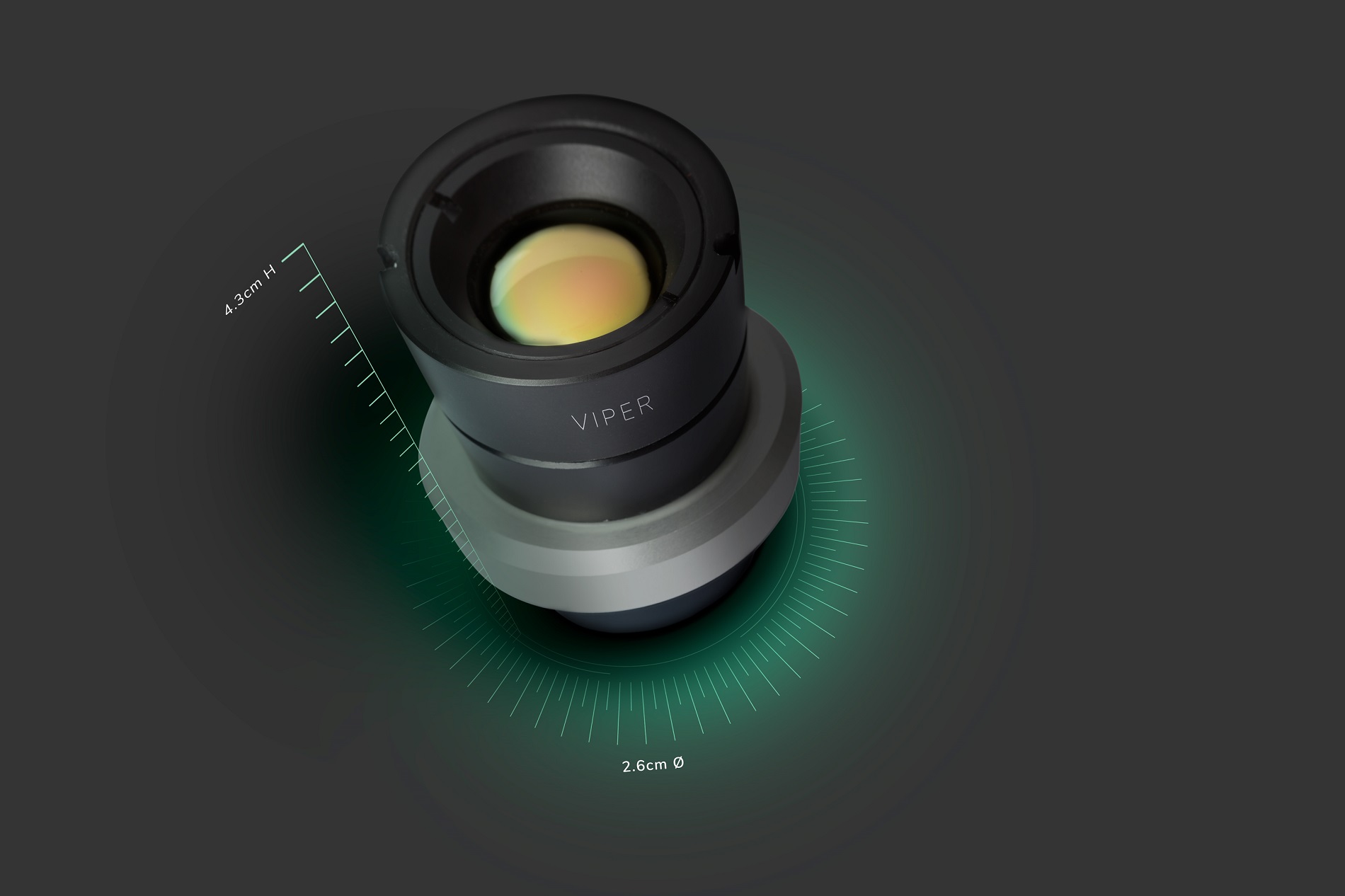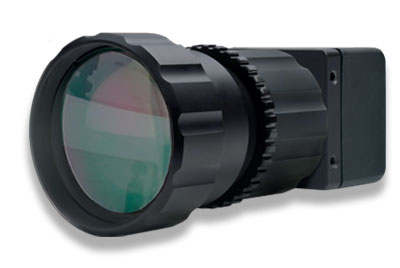Palo, Alto, Calif., July 25, 2013 – Lockheed Martin [NYSE: LMT], under a contract from the University of Arizona, has completed assembly and testing of the Near Infrared Camera (NIRCam) and has shipped the instrument to the NASA Goddard Space Flight Center in Greenbelt, Md. NIRCam is the prime near-infrared imaging instrument for NASA’s James Webb Space Telescope (JWST).
The James Webb Space Telescope is NASA's next-generation space observatory and successor to the Hubble Space Telescope. The most powerful space telescope ever built, JWST will observe the most distant objects in the universe, provide images of the very first galaxies ever formed, provide insight to how solar systems evolve and help explore planets around distant stars. The Webb telescope is a joint project of NASA, the European Space Agency, and the Canadian Space Agency.
The University of Arizona and Lockheed Martin are responsible for the NIRCam instrument design (Optical, Mechanical, Structural, Thermal, Electronic, Precision Mechanisms and Control Software) as well as the instrument control and focal plane electronics and software. In addition to Lockheed Martin and the University of Arizona, the NIRCam team comprises Teledyne Imaging Sensors of Camarillo, Calif. and a team of science co-investigators.
“It is very satisfying to have completed assembly and testing of this magnificent astrophysical instrument,” said Jeff Vanden Beukel, Lockheed Martin NIRCam program director at the Advanced Technology Center. “We all feel privileged to have worked on this mission and look forward to the day when our engineering and manufacturing efforts will help produce discoveries yielding a greater understanding of the Universe.”
“As we view the Universe with more powerful tools, not only do we confirm or overturn current concepts, but we always learn new and exciting things,” said Dr. Marcia Rieke of the University of Arizona and NIRCam principal investigator. “I couldn’t be happier that we’ve reached this milestone. I’m certain that all of the hard work and terrific collaboration of the NIRCam team will lead to a very big payoff not too far down the line.”
NIRCam will detect light from the earliest stars and galaxies in the process of formation; young stars in the Milky Way; physical and chemical properties of planets orbiting other stars; and objects within our Solar System. The camera is equipped with coronagraphs, (instruments that allow astronomers to take pictures of very faint objects around a central bright object, like planets around distant stars.) The NIRCam coronagraphs work by blocking a brighter object's light, making it possible to view the dimmer object nearby – just as shielding the sun from your eyes with your hand allows you to focus on the view in front of you. Astronomers hope to determine the characteristics of planets orbiting nearby stars. NIRCam is not only a science camera, but also the wavefront sensor responsible for keeping the telescope mirrors in phase and focused for all the other science instruments.
The NIRCam instrument consists of two identical optical imaging modules and contains focal plane assemblies (FPA) assembled at the University of Arizona using detectors provided by Teledyne. The FPA hardware consists of 40 million pixels, and is designed for cryogenic operation at 35 Kelvin, or approximately -400 degrees Fahrenheit. The FPA hardware requires regulated power, output data synchronization, temperature control and operational mode controls as well as image data conditioning, amplification and digitization. The NIRCam focal plane electronics (FPE) and its associated software will provide these functions. The FPE hardware and software also convey the image data to the JWST integrated science instrument module command and data handling computer.
The NASA Goddard Space Flight Center manages the JWST project. Principal Investigators under contract to NASA, ESA, and CSA are developing scientific instruments for the observatory. The Space Telescope Science Institute in Baltimore, Md. is developing the ground system for the mission and will be responsible for observatory operations and science program management.
NIRCam is one of the scientific instruments managed by Lockheed Martin's Civil Space line of business. The instrument was designed and built at the ATC in Palo Alto, Calif. The ATC is the research and development organization of Lockheed Martin Space Systems Company (LMSSC). LMSSC, a major operating unit of Lockheed Martin Corporation, designs and develops, tests, manufactures and operates a full spectrum of advanced-technology systems for national security and military, civil government and commercial customers. Chief products include human space flight systems; a full range of remote sensing, navigation, meteorological and communications satellites and instruments; space observatories and interplanetary spacecraft; laser radar; ballistic missiles; missile defense systems; and nanotechnology research and development.
Headquartered in Bethesda, Md., Lockheed Martin is a global security and aerospace company that employs about 116,000 people worldwide and is principally engaged in the research, design, development, manufacture, integration, and sustainment of advanced technology systems, products, and services. The Corporation’s net sales for 2012 were $47.2 billion.















